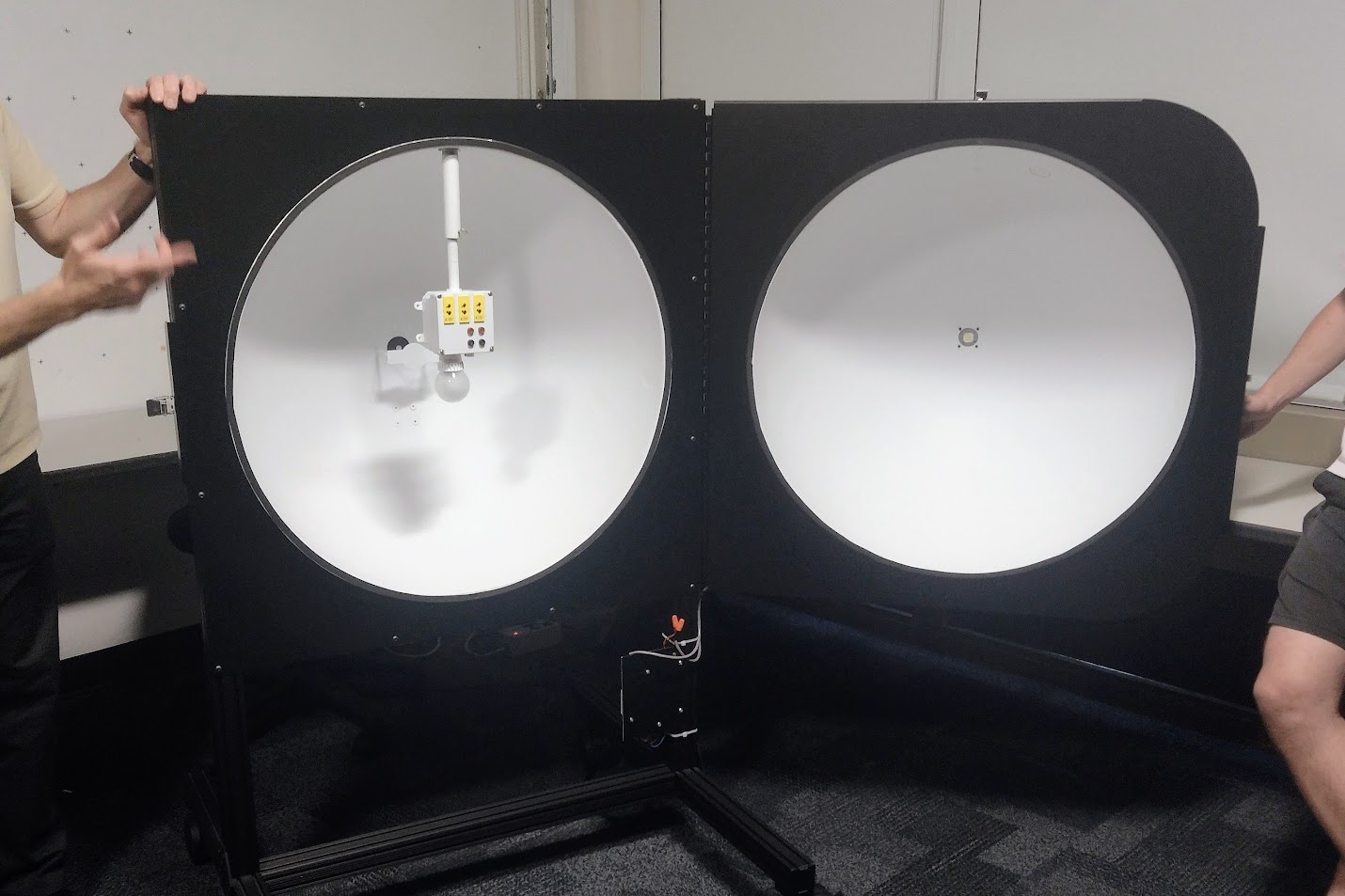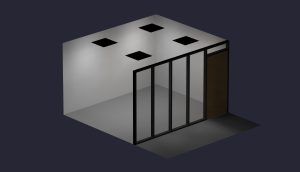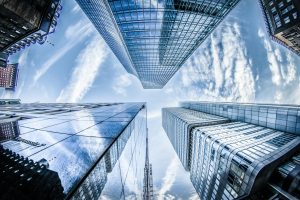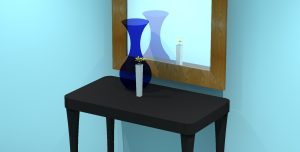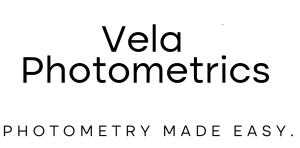Vela Photometrics uses light reflectance values (LRVs) of 80% for ceilings, 50% for walls, and 20% for floors unless any other material details have been provided. When the following material types are communicated without any specific LRVs accompanying them, the following values are used:
Exterior Materials
Natural:
Earth (dry):
20%
Earth (moist):
10%
Grass:*
15%
Sand:
30%
Snow (fresh):*
90%
Tree crowns/foliage:**
20%
Construction/Hardscape:***
Asphalt:****
10%
Brickwork/paving (red):
20%
Brickwork/paving (white glazed):
70%
Concrete (mottled/discolored):†
25%
Concrete (smooth):†
40%
Concrete (white):†
50%
Granite:
20%
Limestone:
40%
Paving:
20%
Glass:††
N/A
Interior Materials
Materials:
Cement:
40%
Carpet (dark):
10%
Carpet (cream):
40%
Stainless steel:
40%
Glass:††
6%
Wood (dark oak):
10%
Wood (medium colors):
20%
Wood (light veneers):
40%
Paint:†††
Black (#2F2F30):
3%
Blue (#007A9F):
16%
Brown (#6B523C):
10%
Cream/Ivory (#EEE1C0):
76%
Gray (dark) (#6B6966):
14%
Gray (light) (#D5D4CE):
66%
Gray (medium) (#B1B0AE):
43%
Green (#2B9368):
22%
Purple (#764A57):
10%
Red (#BE443B):
16%
White (#F1F2EA):
88%
Yellow (#E9C100):
56%
Note: All of these values come from the BS 8206-2:1992 (1992) with some exceptions listed in the following notes.
* These values are from Landscape Lighting as a Source of Light Pollution – the Effect of the Seasons on this Phenomenon (Tabaka & Fryc, 2016), as they appear more accurate than the BS 8206-2 equivalents.
** This value are from Landscape Lighting as a Source of Light Pollution… (2016) as it appears more accurate than the BS 8206-2 equivalent. Stay tuned for an upcoming blog post on tree modeling in lighting simulation.
*** Outdoor hardscape reflectance can change over time. For example, concrete becomes less reflective as it darkens, while asphalt becomes more reflective as it fades (Adrian & Jobanputra, 2005).
**** This is the average of several sources (Decrolux, 2018; TacPro, n.d.)
† These values come from Visual Concrete: Finishes (2013).
†† See Light Reflectance Values of Glass in Popular Simulation Software for more information on glass reflectance.
††† The paint colors have their HEX values’ LRVs listed, which differ slightly from those found in the source.
Conclusion
The values presented here are only used as rough representations. Failing to specify very dark or very light surfaces can deliver significantly inaccurate lighting simulation results.
References
(1992). Lighting for buildings – Part 2: Code of practice for daylighting (BS 8206-2:1992). British Standard.
Tabaka, P. Fryc, I. (2016). Landscape lighting as a source of light pollution – the effect of the seasons on this phenomenon. 1-5. 10.1109/LUMENV.2016.7745541.
Adrian, W. Jobanputra, R. (2005). Influence of Pavement Reflectance on Lighting for Parking Lots. Portland Cement Association – Research & Development Information.
Decrolux. (2018, July 25). Approximate reflectance values of typical building finishes. https://decrolux.com.au/learning-centre/2018/approximate-reflectance-values-of-typical-building-finishes
TacPro. (n.d.). Colour contrast. TacPro. https://www.tacpro.com.au/pages/colour-contrast
(2013). Visual Concrete: Finishes. The Concrete Society.
